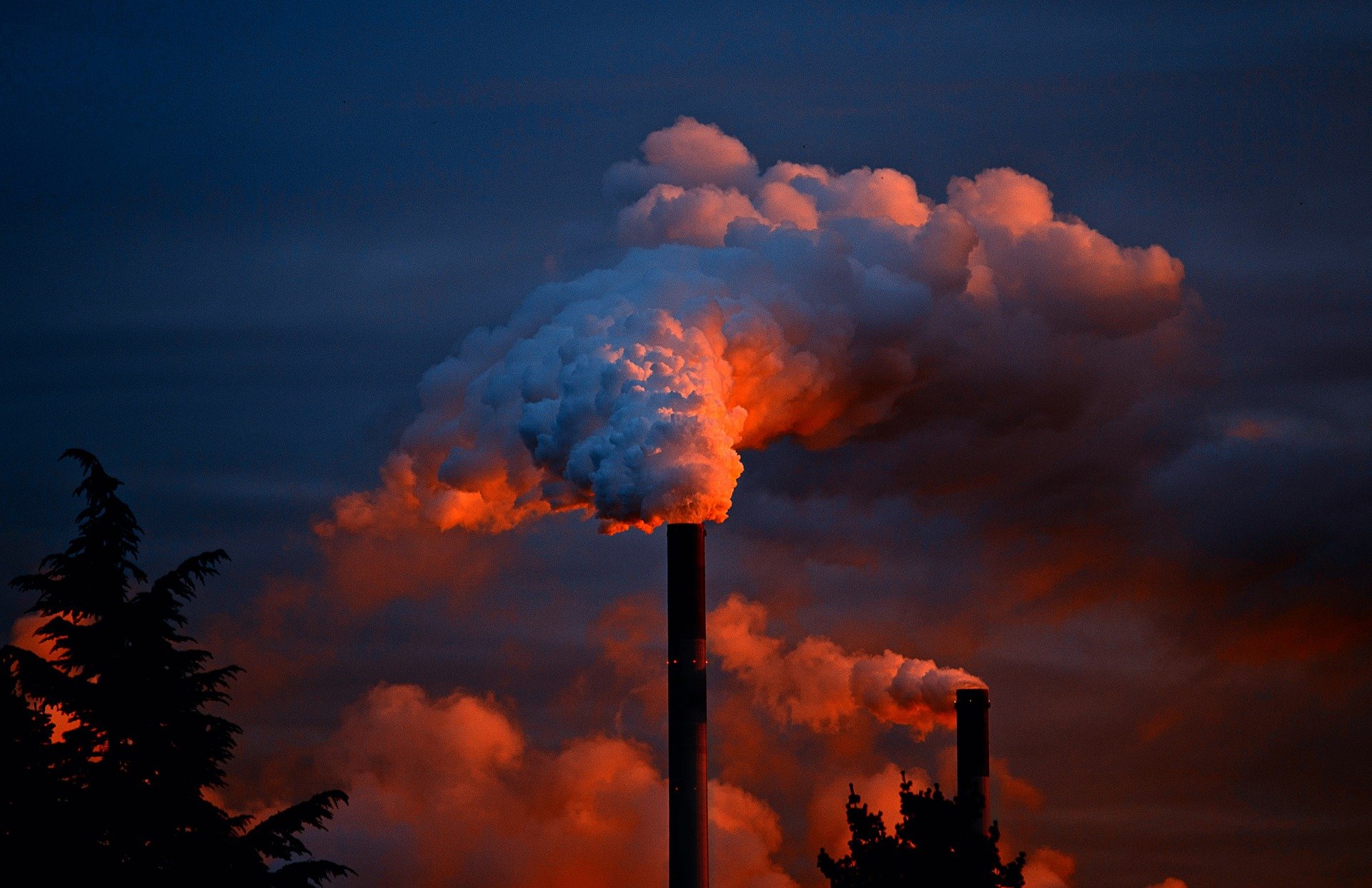The Ministry of Development has prepared a new strategy for the country’s development with minimal harm from greenhouse gas emissions to the environment. According to the ministry’s plan, thanks to the implementation of a number of measures, it will be possible to achieve a zero carbon footprint by 2060.
The ministry sent for approval a new version of the country’s low-carbon development strategy until 2050, which assumes achieving carbon neutrality ten years later. By mid-century, the government sees opportunities to cut greenhouse gas emissions by up to 79 percent. The Department proposed two scenarios of socio-economic development in achieving carbon goals: inertial and intensive, which are planned to be taken as a basis.
– In the target scenario, we consider the provision of global competitiveness and sustainable economic growth in Russia in the context of the global transformation of energy. By inertia, we assume that the current economic model will be preserved, including the structure of the energy balance, – said the head of the Ministry of Economy Maxim Reshetnikov.
The intensive scenario assumes an increase in emissions by 0.6 percent by 2030, taking into account the utilized absorption capacity of ecosystems (forests, peatlands). The decline in oil and gas exports from 2030 will be about 2 percent, and the growth rate of the economy from 2030 to 2050 will average 3 percent. The implementation of the scenario assumes investments in reducing emissions by 1 percent of GDP in 2022-2030 and 1.5 percent of GDP in 2031-2050, the Ministry of Economy explained.
According to Alexei Kokorin, a representative of the environmental organization WWF Russia, assumptions about the absorption of emissions by the ecosystem are unrealistic. Over the past five years, the amount of carbon dioxide absorbed by forests has decreased by 10 percent, he said, not counting fires this summer.
According to the Ministry of Economy, the greatest threat to Russia in terms of climate change is posed by fires, droughts and floods.

